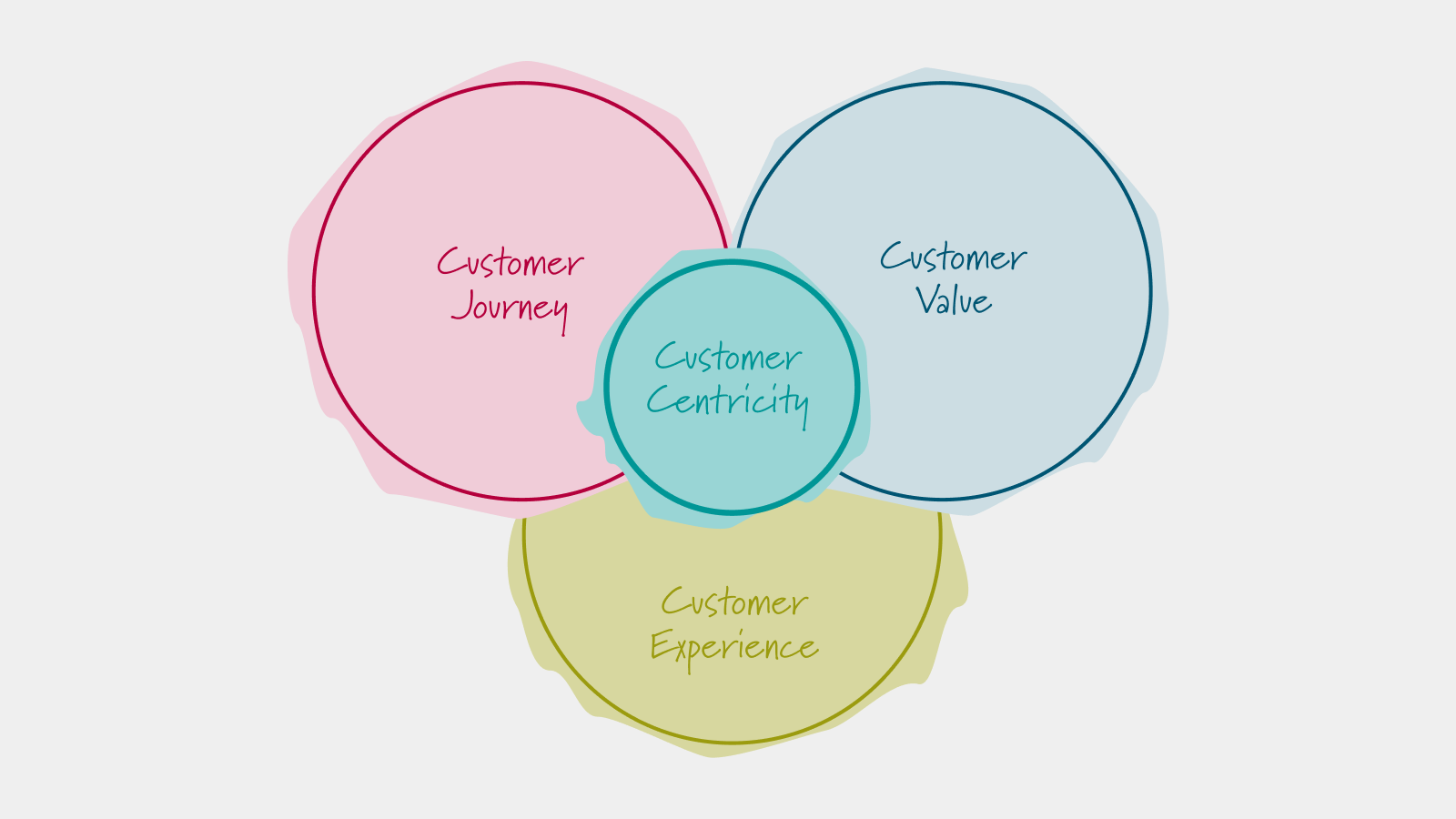
Problem-Solving Technique 3: Mindmapping
How mind mapping solves complex problems
Mika Lembrecht
29.10.2024
This method makes it possible to present information graphically and to show relationships between different concepts and ideas. Mind mapping is particularly useful for organising complex topics and developing creative solutions.
What is the purpose of mind mapping?
One of the main advantages of mind mapping is that it promotes creativity and free thinking. By visually representing ideas, teams can organise their thoughts better and discover new connections between concepts. This often leads to innovative solutions that could not be achieved through linear thinking. In addition, the graphical nature of mind mapping helps to present complex information in a clear way, making it easier to analyse and understand.
How does mind mapping work?
Mind mapping also supports communication and collaboration within a team. In our company, we use mind mapping both in face-to-face meetings and online with tools like Miro to collect and structure ideas together. These collaborative platforms enable us to work together in real time, regardless of our physical location. By creating and editing mind maps together, all team members can contribute their perspectives and build on each other's ideas.
The advantages of mind mapping
The application of mind mapping contributes significantly to problem solving. By helping to structure thoughts and information clearly, mind mapping enables effective planning and organisation of projects. It facilitates the identification of key tasks and their dependencies, leading to better resource allocation and time planning. In addition, mind mapping can be used in problem solving to visualise causes and effects, enabling informed decision-making.
Difference between mind mapping and brainstorming
Although mind mapping and brainstorming have some similarities, they differ at their core, especially in their structure and objectives. While brainstorming is an open, spontaneous collection of ideas without a fixed order, mind mapping organises these ideas visually and hierarchically. Brainstorming is about collecting as many ideas as possible, often without regard to their context. Mind mapping, on the other hand, groups ideas around a central topic in a network or tree diagram, which clarifies the relationships between the ideas and creates a clear structure. Mind mapping thus promotes logical organisation and visualisation of ideas, while brainstorming aims at creativity and a wide range of ideas.
Why does mind mapping help with problem solving?
Mind mapping is an extremely effective method for promoting creativity and solving problems. It enables the visual structuring and linking of ideas, which leads to better organisation and a deeper understanding of complex topics. By supporting collaboration and free thinking, mind mapping helps to develop innovative and effective solutions that ensure a company's long-term success.
By enabling teams to visualise and link their thoughts, mind mapping facilitates the analysis and understanding of complex problems. This leads to more informed decisions and more effective solution strategies.

Workshops
Resources
All Rights Reserved.





